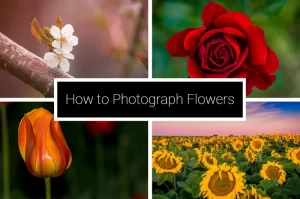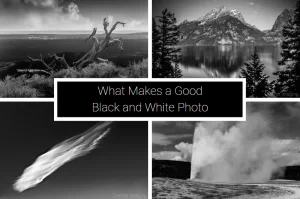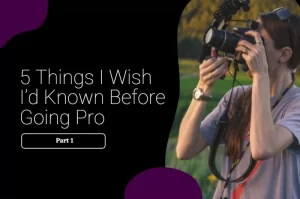The tripod. Such a well-known piece of photography equipment. It’s so well-known that there are even places which ban the use of such a tool. Have you ever stopped to consider why the tripod is such a commonly known and easily visible photography tool? That’s what we’re talking about today.
For most photographers, professional or amateur, we understand that there are certain tools which we use in the field. These include things like filters, flash brackets, and tripods. These tools assist us in creating the kinds of photographs we envision. But how does the tripod help?
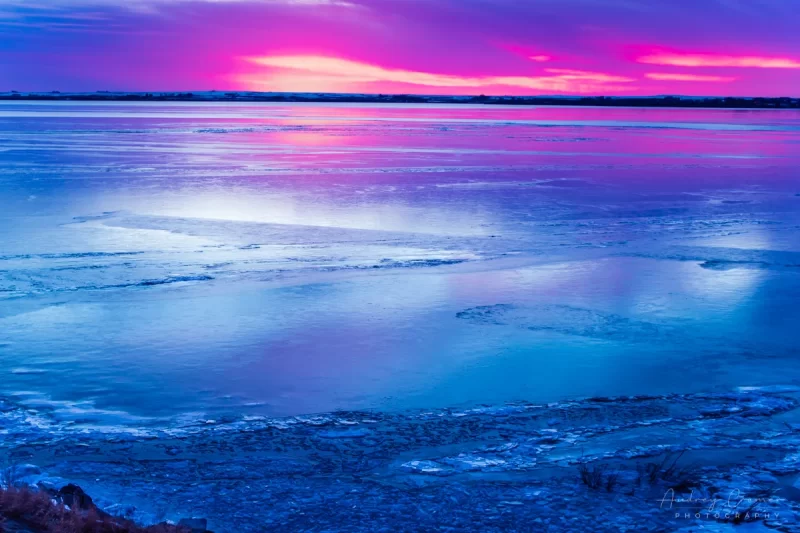
Well consider this, have you ever tried taking a multiple second exposure of a scene while holding the camera? I have. I can’t hold the camera still long enough to get the shot and still have it be clear. When hand-holding a camera, expect photos looking like blurry mess where you can’t even recognize what the subject was supposed to be.
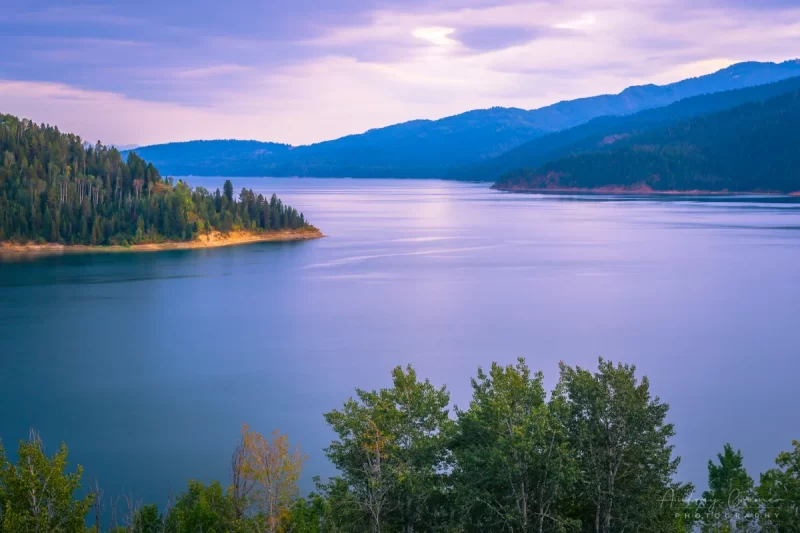
With a tripod, I know that I can set the camera up and it will be stable. It will not move for the duration of the shot. You will be able to tell what I was trying to take a picture of to begin with.
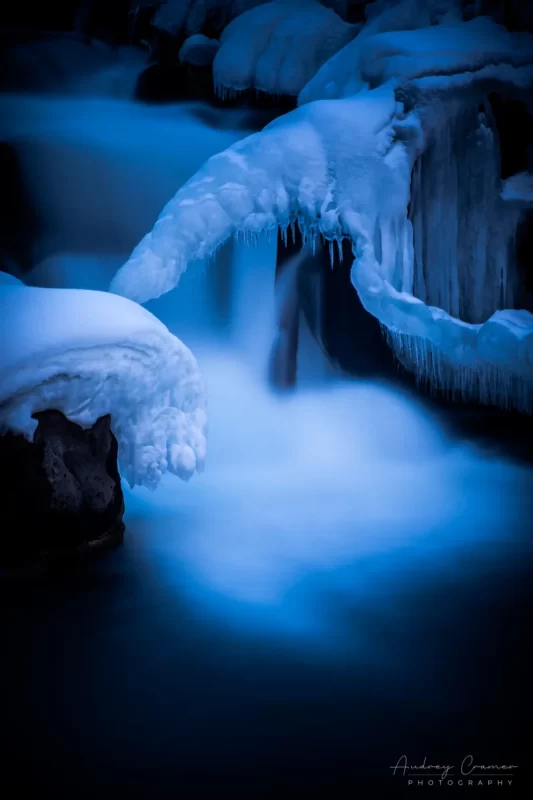
Ok, I get it. Most of you out there don’t take multi-second photos. You point and click and that’s the end of the shot. You expect the camera to be done in a fraction of a second. Motion blur from extended handholding shouldn’t be a problem. However, believe it or not, hand shake still is a problem.
You can only choose a few shutter speeds which a little handshake won’t affect. These are in the 1/1000 or so of a second or smaller range. Yep, that fast. Also, that speed of shutter isn’t useful for most photography unless you are trying to freeze fast motion.
Most photography, even landscape photography, is often shot in the 1/250 seconds or longer range. With this camera setting, the shutter is open 4x as long. That’s plenty of time for your hand or my hand to shake a slight bit and ruin a tack sharp focus. This is why I use a tripod.
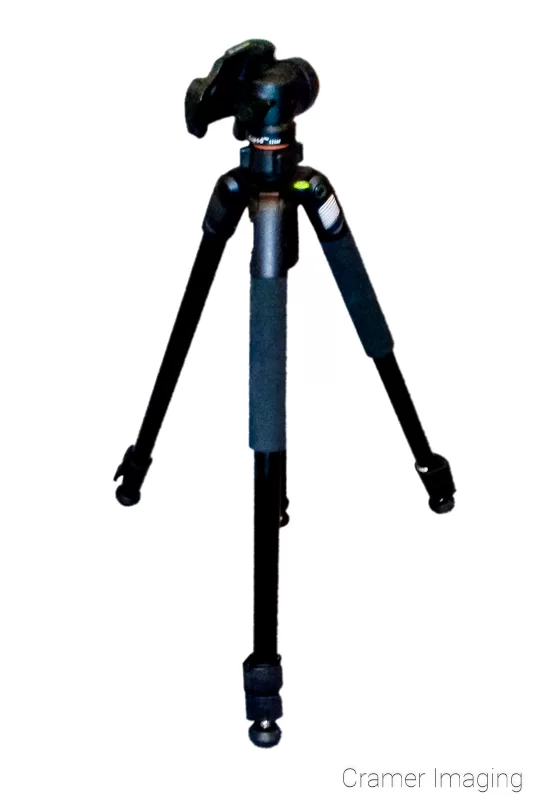
Why not just use the viewfinder and the preview screen to double check on your photos? That’s what they’re there for, isn’t it? While this seems like a logical approach to photography, there’s a serious flaw in the argument. One you can’t ignore easily.
The viewfinder and the preview screen are deceptive: they make the image so small that everything, but the most extreme blur, looks sharp. It’s only when I get to a large computer screen that I can see the blur. I use a tripod so that I don’t have to worry about whether or not my photos will be sharp and in focus.
Another reason I use a tripod is because I can take several shots and not worry about whether or not I shifted slightly and changed my composition in a detrimental way. I know that everything will be the same.
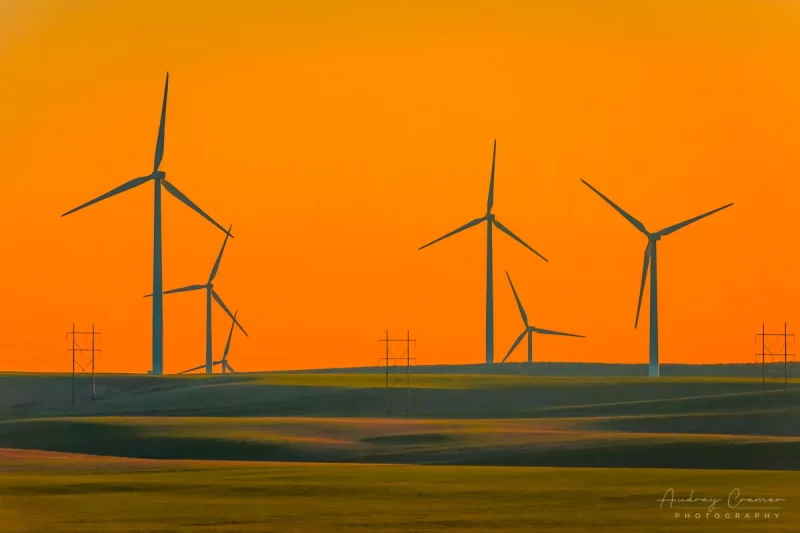
I’ve hand-held the camera and tried for a shot before. In fact, there’s many a photo I still use the technique for. However, when I preview the photos on the screen, the composition shifts as my hands don’t keep things steady. The photo can still be sharp and the subject in focus, but the composition will shift because my hands and body are unstable. I move, weave, and jiggle too much for a repetitively perfect composition. That’s just a natural part of the human body which I cannot change so I compensate with a tripod.
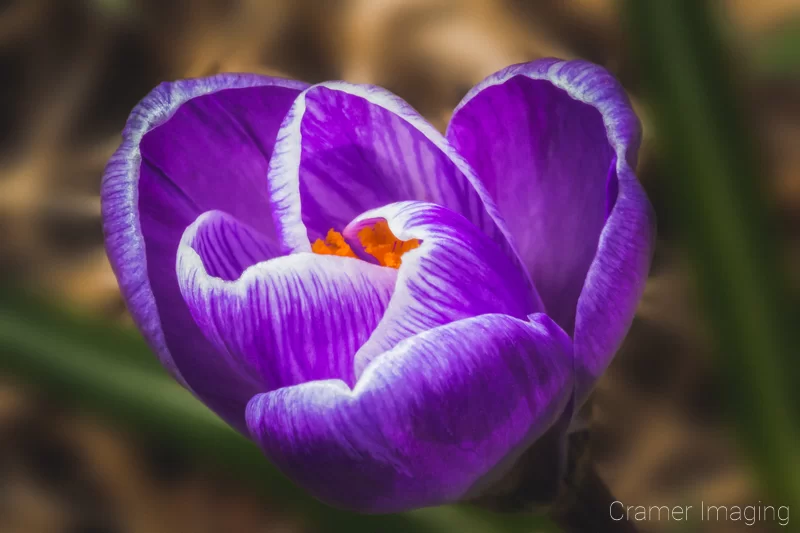
Because of all this, my tripod goes with me everywhere when I’m after a serious photo. I never know what that photo will be or what I will need to get it, so I go prepared. Most of the time, when I see a shot I want to try for, out comes the tripod. Then I know I’m removing a lot of risk for not getting the shot.
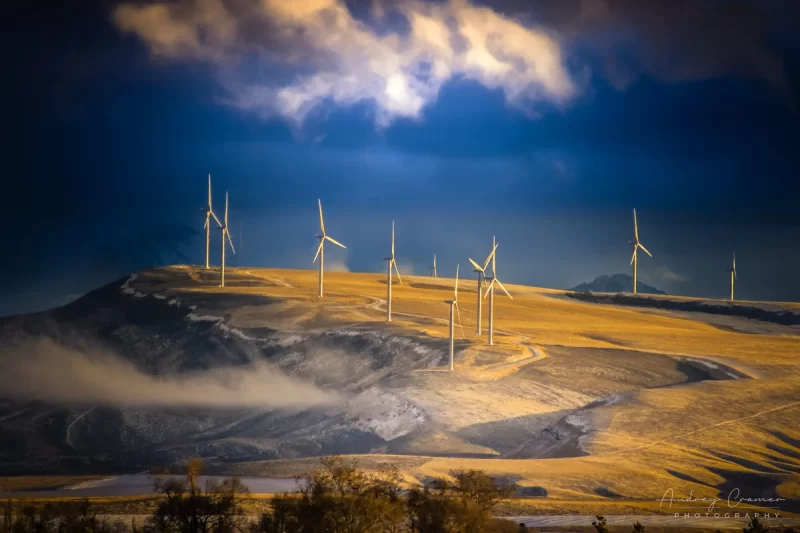
To sum it all up, I use a tripod so I can take long exposures and still have a clear subject. I use a tripod so I can have the sharpest possible photos I can get by avoiding the unsteadiness of handholding. I use a tripod, so I don’t have to worry about my composition adjusting on me thanks to unsteady hands. My tripod is an essential part of my photography and getting a clear and usable shot. I don’t leave home without it.

